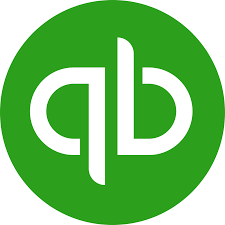
Low-Code and No-Code Platforms: Democratizing Development
- Street: new york
- City: new york
- State: new york
- Country: United States
- Zip/Postal Code: 10001
- Contact No: 8745920093
- Email ID: [email protected]
- Website: https://support.viki.com/hc/en-us/community/posts/41654069666451--new-veRSION-How-do-i-speak-with-%EF%BC%B1%EF%BD%95%EF%BD%89%EF%BD%83%EF%BD%8B%EF%BC%A2%EF%BD%8F%EF%BD%8F%EF%BD%8B%EF%BD%93desktop-support
- Listed: May 28, 2025 7:53 am
- Expires: 19 days, 17 hours
Description
Low-code and no-code platforms allow users to create applications with minimal or no programming knowledge. These tools use visual interfaces, drag-and-drop features, and pre-built components to accelerate development. Popular platforms include Microsoft Power Apps, OutSystems, and Bubble. Businesses can prototype solutions quickly, reduce reliance on IT, and empower non-developers to contribute. While not suited for highly complex systems, these platforms are ideal for internal tools, MVPs, and automating workflows. They enable faster time-to-market and foster innovation within organizations. As demand for digital solutions rises, low-code/no-code development is reshaping how software is created and who can build it.
12 total views, 1 today